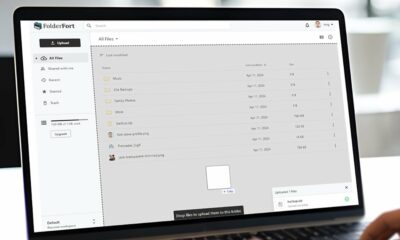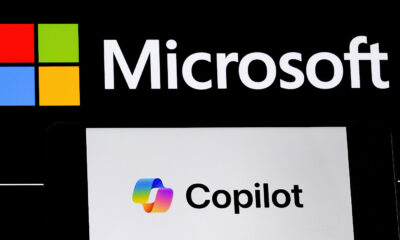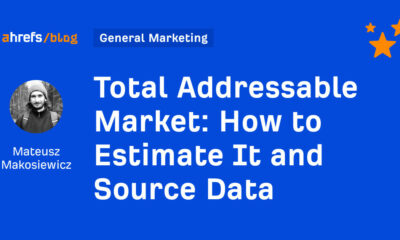TECHNOLOGY
Benefits of Blockchain To Enhance Data Security

Blockchain provides security for organizations by ensuring trust, privacy, secure communication, decentralization and integrity.
Due to its ability to provide transparency, immutability, and decentralized storage of data, applications using blockchain for data security can soon replace existing technologies that provide centralized storage.
Although experimentation and innovation can enable businesses to use blockchain in a broad range of applications, the use of blockchain for data security seems to be the most obvious application area. Blockchain, which is synonymous with privacy, is being considered for a myriad of applications that require the storage of data in a securely encrypted and easily retrievable manner. Blockchain provides numerous benefits over traditional data security technologies, four of which are listed below:
Blockchain & Data Security
1. Formation of Trusted Partnerships
Blockchain provides a decentralized, transparent database that ensures trust between network participants. The participants can be partners in a supply chain or businesses in a consortium, who use blockchain to record transactional data and other shared information. Due to the blockchain’s democratization of control, it enables all participants to have equal access to the stored data and seeks consensus from all participants before approving any change. This decentralized trust model can enable the formation of secure ecosystems that groups of companies can use for storing and sharing data.
2. Assurance of Individual Privacy
There has been a misconception among the public and the business community regarding the compatibility of blockchain with the recently passed General Data Protection Regulation (GDPR). The perceived incompatibility is due to the competing nature of blockchain which is essentially immutable with GDPR, which requires organizations to erase private data upon the owner’s request. Blockchain permanently stores older blocks of data to maintain an unalterable series of records and transactions. This ensures that the provenance of every new block can be verified and traced back throughout the chain’s history. GDPR requires the erasure of personal data when requested by the individual, which, theoretically, blockchain does not allow. However, designing a GDPR-compliant blockchain is possible and multiple methods are being devised to achieve that. This can enable the use of blockchains to store anonymized data, such as customer records through hashing and tokenization.
3. Maintenance of Data Veracity
Data integrity is a foundational property of data stored on the blockchain. Accessing and modifying the data stored on the blockchain is nearly impossible without notifying and seeking consensus from the entire network. Thus, blockchain can be used as the source of truth by participants and drive a secure ecosystem that can function in a trustless manner, i.e., without requiring any trust or even familiarity with the other party.
4. Prevention of Data Loss
Traditional data storage and security systems are highly centralized, which means they have a single point of failure. This implies that any external attack on the central server like malware or brute-force hacking attempts may lead to partial or total loss of stored data. Depending on the type of data stored on the system, the consequences of data loss can be devastating for businesses and even economies. Blockchain-powered storage is highly resilient to hacking and other forms of external attacks. Since the same data is stored on all the nodes on a blockchain, there is minimal to no risk of data loss. This means that blockchain-based data security and storage are highly suited for the storage of vital information, such as financial transactions and customer identities.
Although the use of blockchain in data security systems seems much more beneficial than the use of traditional technologies, there are a few significant challenges associated with blockchain that need addressing before the transition. Business leaders should not be intimidated by these challenges, but be motivated by the potential business value that can be achieved, and should push for gradual adoption of the technology.
Source link



















You must be logged in to post a comment Login